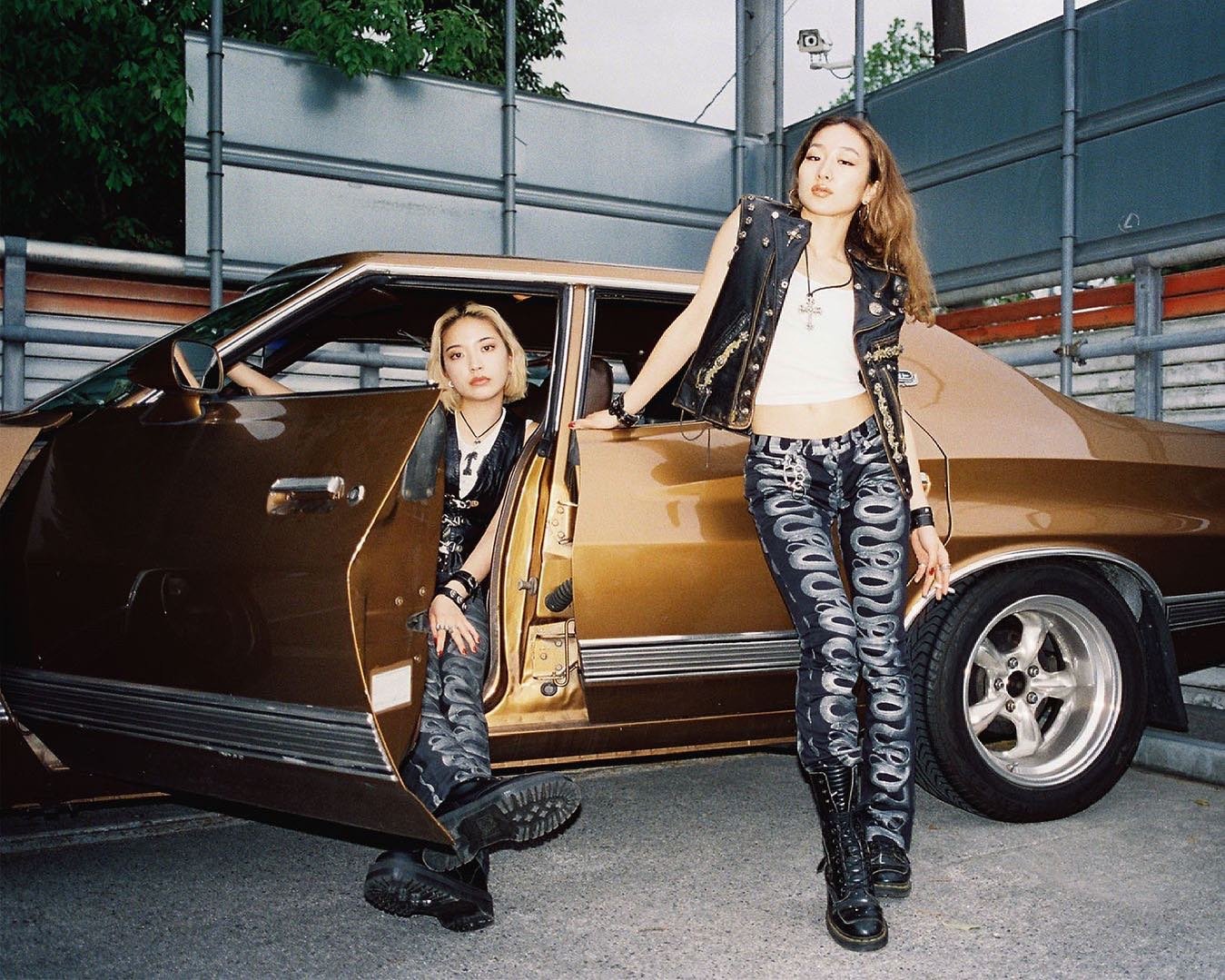Trust in Glamour: The Artistic Direction of Hysteric Glamour

Sexy girls provocatively posing on hoodies and T-shirts is very much one of the signature looks of the Japanese brand Hysteric Glamour [HG].
But, other than their graphic print high-end clothes, this brand demarcated itself with their maximalist and camp touch on catalogs, posters, photoshoots, and other diverse campaigns.
Hysteric Glamour was a must in every Urahara cool kid’s closet back in the 1990s and early 2000s; as of today, their iconic snake print denim pants are coming back in full fury and their vintage tank tops are parading over sites like Depop and Grailed. HG’s designs are timeless, and this is thanks to Nobuhiko Kitamura.
Kitamura, born in 1962, started his brand Hysteric Glamour in 1984, quickly after he graduated from Tokyo Mode Gakuen. His main inspirations were from New York punk music from the 70s and Andy Warhol, with whom he tried to arrange a meeting but time ran out.
Originally, the designer was enamored with the idea of becoming a musician but preferred collecting second-hand records. However, music’s impact was huge on HG. Kitamura has said that pop art, vintage clothes, and pornography; having an array of ideas is crucial for a brand like HG, which focuses on different concepts simultaneously.
Other than the frills and color-blocking, Kitamura has given HG a distinct flair in the fashion industry. Where punk meets pretty, he also adds in plenty of white trash culture in a neo-Americana style with a generous chunk of Hollywood and celebrity lifestyle from the mid-70s, hence the name of the brand; the designer thought of Patti Smith’s hysteria on stage, and Deborah Harry’s glamour. This was a first for Tokyo, as Urahara street style boomed just a few years later. It is safe to say that Kitamura laid the foundation for all the other Tokyo fashion brands that emerged in the 1990s.
Hysteric Glamour is now a classic in the fashion world. While mixing famous names from the liberating times of the 1970s, HG remodeled the face of contemporary fashion with Kitamura’s creativity and boldness.
About the Author:
Mizuki Khoury
Born in Montreal, based in Tokyo. Sabukaru’s senior writer and works as an artist under Exit Number Five.





